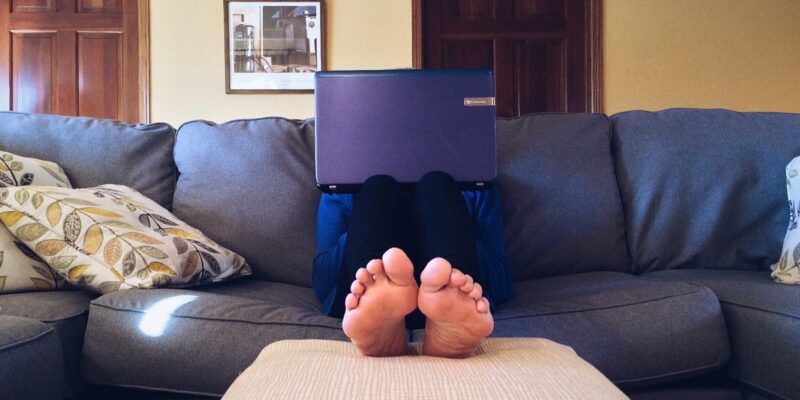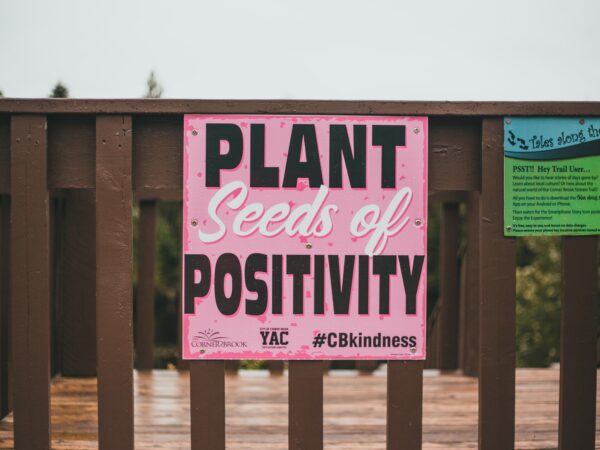In today’s fast-paced world, finding the balance between work and life can be a daunting task. With an endless list of tasks to complete at home, work deadlines to meet, and social obligations to fulfill, maintaining a healthy work-life balance can feel like an impossible feat. However, achieving a sustainable balance between work-life is necessary to reduce stress, improve productivity, and maintain a fulfilling life. In this article, we’ll discuss some tips and strategies that can help you achieve the elusive work-life balance.
Why is Work-Life Balance Important?
Most people find that they spend the majority of their time at work than at home. In other words, work can quickly take over your life, leaving little to no time for relaxation, hobbies, or family time.
This imbalance can lead to stress, anxiety, and poor work productivity. Achieving work-life balance is essential as it:
• Reduces stress: When you find a balance between your work and personal life, you’ll be able to manage your stress levels better. You’ll have plenty of time to relax, recharge, and pursue other interests outside of work.
• Improves health: Overworking can increase your risk of developing health problems such as headaches, backaches, and heart disease. By achieving work-life balance, you can reduce the risk of these health complications, leading to a healthier life.
• Increases productivity: When you have time to take care of your physical and emotional health, you’ll be able to work better and smarter. With a clear mind and a rested body, you’ll be able to focus better and complete your work faster.
Tips and Strategies for Achieving Work-Life Balance
1. Prioritize Your Tasks
One of the best ways to achieve work-life balance is by prioritizing your work and personal tasks. Make a list of the things you need to do for work and home, then rank them in order of importance.
Focus on the items that are time-sensitive and essential while pushing less critical items to the bottom of the list. This way, you can ensure that you’re completing the most important tasks first and leaving room for personal time.
2. Learn to Say “No”
Learning to say “no” is an essential skill when it comes to achieving work-life balance.
Many of us feel obligated to say “yes” to everything, from work projects to social obligations, even when we barely have time for ourselves.
Saying “no” can be challenging, but it allows you more control over your schedule and time. You’ll have more time to focus on the things that matter most to you.
3. Set Specific Work Hours
Many people find themselves working overtime or taking work home, which can interrupt personal plans and cause stress.
To avoid this, set specific work hours and commit to them. If possible, communicate this to your team, so everyone is on the same page. Stick to your work hours as much as possible and avoid checking emails and calls outside of work hours.
4. Take Breaks
Taking regular breaks throughout the workday can help you maintain a healthy work-life balance. It may seem counterintuitive, but taking breaks can improve your productivity as your brain needs time to rest and recharge.
Use your break time to do something that you enjoy, whether it’s taking a short walk, reading a book, or chatting with a friend.
5. Engage In Regular Physical Exercise
Regular physical activity is not only beneficial for your physical health but your mental health as well. Engaging in regular exercise can help reduce stress, improve mood, and increase energy levels.
Try to find an exercise that you enjoy and stick to it regularly. Whether it’s running, cycling, or yoga, a little bit of exercise can go a long way to help maintain a balanced life.
6. Do Something That You Enjoy
Make time for the things that make you happy, whether it’s reading, gardening, or spending time with family and friends.
These activities can help you unwind and de-stress after a long day at work. They will also improve your overall wellbeing by providing a sense of fulfillment outside of work.
7. Try to Disconnect
Technology can make it easy to stay connected to work, even after hours. However, staying connected to work all the time can make it challenging to maintain a balance between work and life.
To avoid this, try to disconnect from technology outside of work hours. Put away your phone, tablet, or laptop, and take some time to relax and recharge.
Conclusion
Achieving work-life balance is a journey, not a destination. There are no quick fixes to achieving balance, but with some effort and planning, it’s possible to maintain a healthy and fulfilling life.
Use the tips and strategies outlined in this article to help manage your work and personal life effectively, achieve a balance that works for you, and, most importantly, maintain it.
Always remember that life is a marathon, not a sprint, so pace yourself accordingly.











